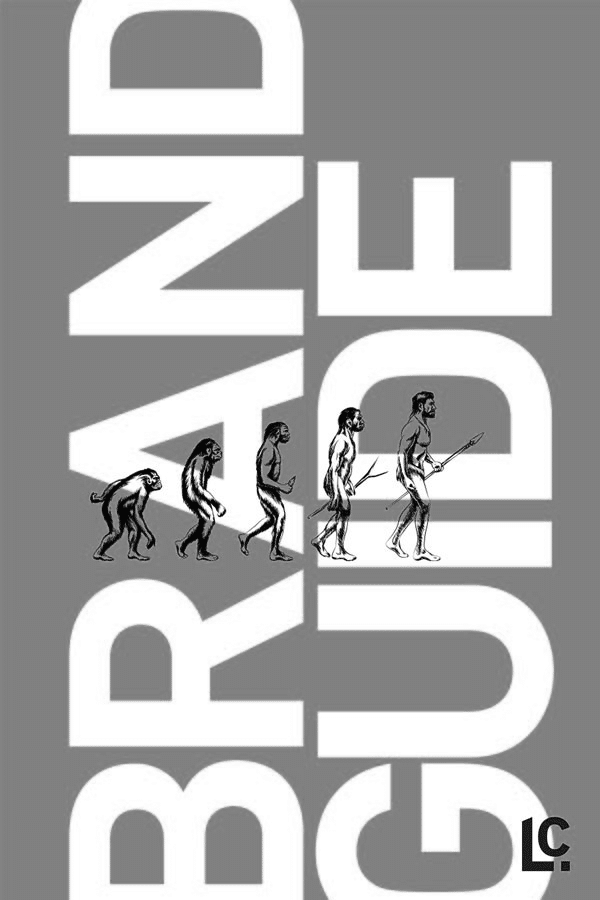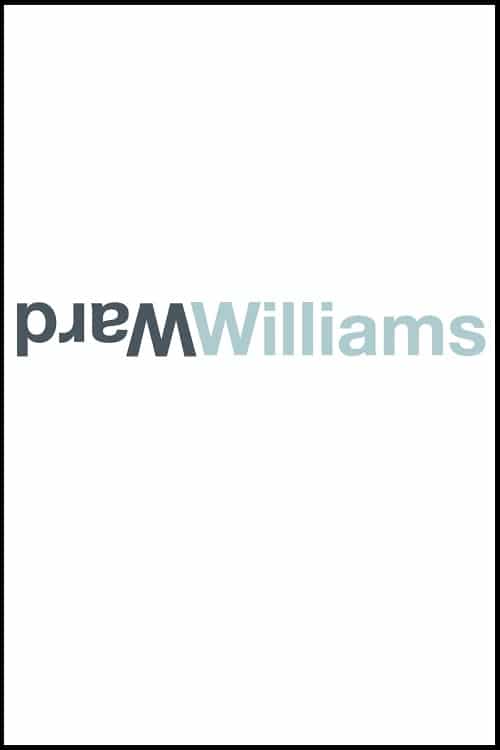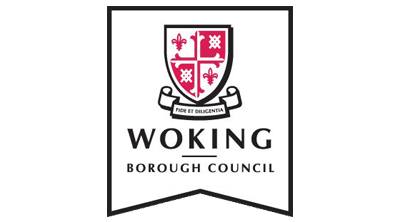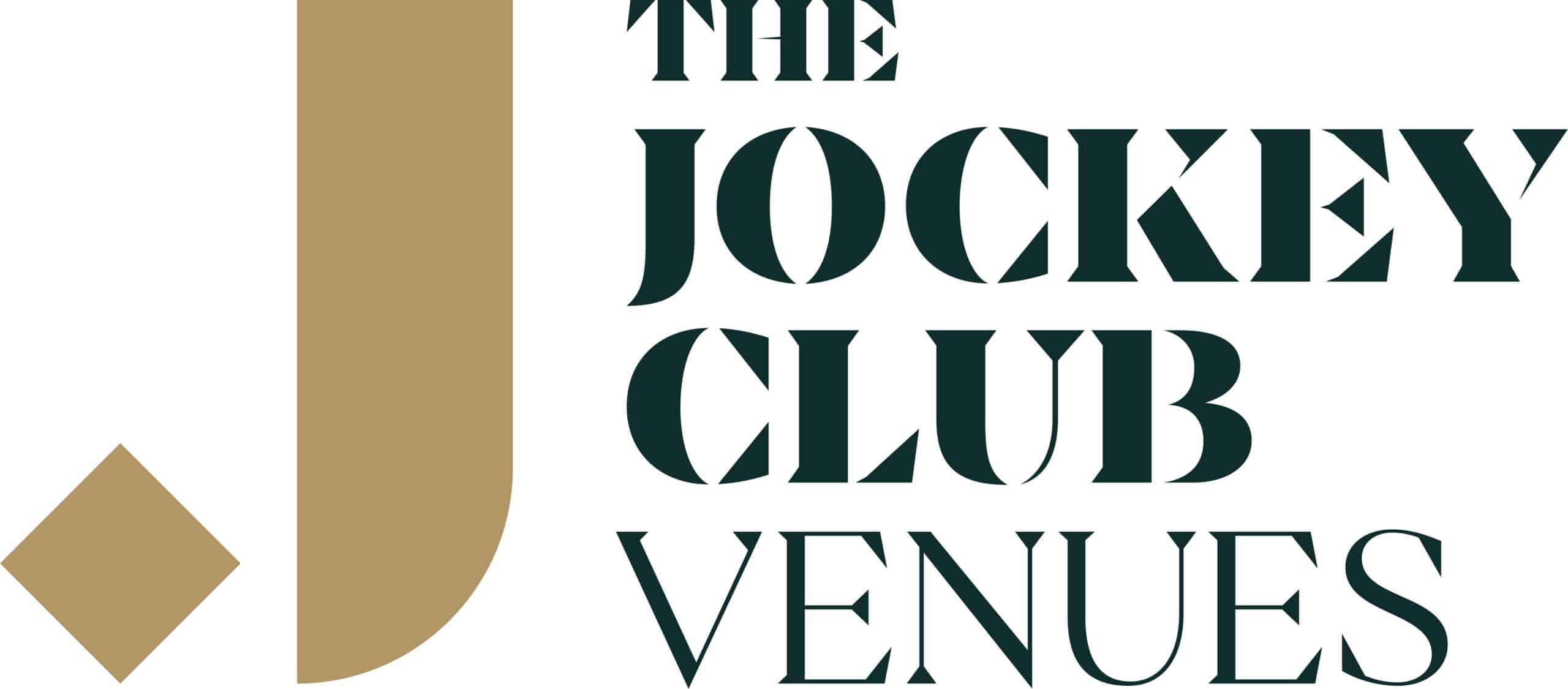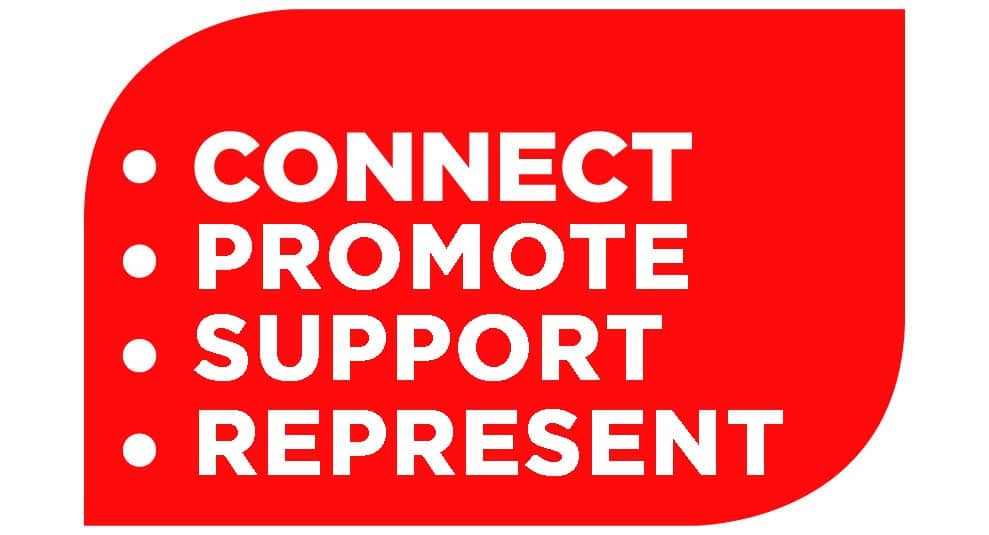Global supply chains in the Covid-19 era: 10 things we have learned so far…
25th June 2020

With construction and infrastructure sites increasingly operative around the world, and most governments keen to lift lockdown restrictions more broadly across their economies, it seems like an opportune time to ask ourselves what we have learnt about supply chains during the unprecedented times (in peacetime at least) we have been journeying through, and what that might mean for construction and infrastructure supply chains going forward. It is not just the UK Government that has had to learn tough lessons on procurement and risk distribution in global supply chains.
International construction and infrastructure supply chains are complex. Some have proven resilient, while others have not. Construction lawyers understandably tend to focus on construction contracts, but construction and infrastructure supply chains descend far below the main and subcontract levels with which we are familiar. The problems and challenges encountered further down supply chains are the genesis of much of the time and cost pressures resulting in claims under those contracts on which we advise. The Covid-19 crisis has, of course, been the ultimate storm, impacting labour, logistics, distribution, and merchants both simultaneously and globally.
As we are now moving from what I call the “Covid-19 crises” to the “Covid-19 era”, here are ten things I believe the Covid-19 crisis has taught us that we need to understand as we move into the Covid-19 era and consider re-engineering construction and infrastructure supply chains:
- Supply chain structures are, and supply chain management is, complex. Both need to change: Global v local, single source v multisource, China v other production jurisdictions, framework/collaboration agreements v tight one off supply terms and conditions. Each of these risk “dials” in supply chain management will need to be evaluated and recalibrated in the light of recent experience. The exact right mix will look different for each business, but some likely trends are clearly identifiable already.
- Looking after your own people makes business sense and enables change: It is trite to observe that all business is ultimately people business. Your own staff will be making constant judgments about their own organisation’s performance and values. Your ability to manage and adapt your supply chains starts with an engaged and motivated staff who are up for those challenges. By demonstrating that their welfare is central in your organisation’s planning, you will better equip your organisation to respond and adapt to the challenges of the Covid-19 era. Right now, that includes coaching them back into work if they have been furloughed for months, and helping them feel confident about their workplace, whether that is head or regional office, or a construction site. There is self-evidently a role for sector leadership here. In the UK, the Construction Leadership Council (CLC) and BuildUK should be commended for the work they have done in producing both the initial Site Operating Procedures (published right at the beginning of lockdown) and the three subsequent and more detailed versions since.
- “Global v Local” is a debate that may not be as binary as it looks: Professor Tim Benton of Chatham House commented recently “… we have created global supply chains that, for all their efficiencies, have very little resilience.” The temptation is to see global v local sourcing as a simple binary choice to mitigate risk and build resilience in supply chains. The reality is more complex, as your decision to relocate to a more local supplier only makes sense if their supply chain is equally re-profiled. That involves supply chain mapping someone else’s supply chain. A different way to think about supply chain risk might be the relative complexity of that chain, with a focus on “complex to simple” where that is possible to achieve. The issue is of course the shear complexity of existing supply chains generally, even for what are viewed as commodity products. The Economist magazine recently reported on coffee, noting that 29 companies in 18 different jurisdictions typically needed to collaborate to make “one humble cup”.
- We need to embrace a VUCA world: Volatility, Uncertainty, Complexity and Ambiguity are the new norms. Think climate change, financial markets volatility, global recession, cyber threats, changing geopolitics. Clearly, so far as the Covid-19 era is concerned, we are now needing to move from “emergency response” to recovery, resilience and viability over the longer term, However, that needs to include better preparedness for other global shocks or change. By planning with VUCA in mind, you give your business a head start next time. That may come at a price, but right now evidence of resilience in your supply chains is probably something many clients will be prepared to factor into their purchasing or partnering decision.
- Decisions on China remain central: The 21st century was always going to be about China. No one doubts the economic and productive might of China, nor the success of its centrally determined economic policies. Further, as the Huawei debate has illustrated well, China has developed its own R&D capabilities to an extraordinary degree over the last 20 years, such that it is now producing world leading technical components at prices that western companies simply do not compete currently. Nevertheless, single sourcing critical component or materials supply to one country (or, in some cases, one supplier in one country), has, so far, not always looked like a brilliant strategy during the Covid-19 era. When that country is a communist state, increasingly flexing its muscles on the world stage, then you need to factor the rules and norms of its regime into your procurement strategy. For some sectors (including tech) these judgments and decisions will take years to implement – for example, it is estimated that 290 of Apple’s 800 suppliers are currently based in China.
- Well run industries demonstrate both innovation and resilience through agile responses: There have been many impressive examples of this during the Covid-19 era so far. My favourite was Woking based McLaren Automotive and Mercedes Formula 1 teams’ involvement in the Ventilator Challenge UK consortium, and their development, and rapid manufacture, of an entirely new continuous positive airway pressure (CPAP) device. Deployed at scale, including in the new NHS Nightingale hospitals, the device has not only saved lives, but also contributed to more speedy recoveries by avoiding the need for some Covid-19 patients to be intubated on conventional ventilators. Others included contrasting businesses, brewer Brewdog and luxury goods house LMVH, who both repurposed their supply chains to manufacture hand sanitiser products. One of the reasons Sarah Gilbert’s vaccine team at Oxford University’s Jenner Institute has done so well so far, is that they quickly adapted an existing but different coronavirus (not Covid-19) vaccine programme into the programme focusing on a Covid-19 vaccine almost as soon as the genetic sequence for Covid-19 was released in early January.
- Reviewing your supply chain management is all about the detail: It may start with judgment calls on your current position, and a tactical sense of where you need to end up. The shock of the last three months has probably highlighted much of that for everyone. But beyond that tactical planning, much of the work that follows is the hard graft of mapping supply chains, reviewing supplier agreements, refreshing business continuity plans, better embedding resilience, and investing in digitising your supply chain management and processes. It is amazing how few businesses have genuinely undertaken that process, or have embedded plans to routinely do so. Good commercial lawyers can add value to more than just the contract terms review piece here. They tend to be forensically orientated towards risk identification more broadly, and should be able to add value to their clients’ endeavours in this area, at least as part of the overall “challenge” discussion around risk identification, allocation, and mitigation going forwards in the Covid-19 era.
- For smaller suppliers, your e-commerce platform is key: Many SME participants in construction and infrastructure supply chains, including the merchanting sector, were behind the curve in the immediate crisis when it came to their online offering. For those with a relatively stronger offering, capturing new client data for marketing purposes, and demonstrating more efficient inventory management, is likely to help them hold on to their new clients and broaden their offering going forward.
- There are many previously “hidden” interdependencies out there: Remember the fuel crisis during 2000 when Tony Blair was PM? One of the reasons his administration struggled at first in that crises was that the government had failed – initially at least – to understand the complexity of how fuel is actually distributed within the UK, who owned what infrastructure, and who was employed by whom in those supply and distribution arrangements. The Covid-19 crisis has shone a torch on many similar previously hidden interdependencies. Which of us knew that 40% of international air freight was actually carried on passenger planes? Or that a failure of supply of Chinese consumer goods to Canada would cause a crisis for Canadian lentil and pea producers? (Because a third of Canadian crops are exported in the same shipping containers used for importing electronic and white goods).
- “Just in Time” just may not be good enough going forwards: Lean production “just in time” procurement models have been around since the 1960s, and were given additional prominence and popularity by Robert Hall in his 1987 book “Zero Inventories“, which advocated resolving inventory problems by seeking to achieve stockless production. Although the economic benefits of such models – while working – are undisputable, this is a classic “dial recalibration” point. It is difficult to see many businesses not choosing to re-calibrate towards at least a greater “buffer” to provide stock cover for critical components. In UK construction, we have seen major disruption to such staples as plaster and plasterboard. The latest results in BuildUK’s materials survey suggests that both are likely to remain in short supply for the short and medium term, with aggregates and bricks also reported as harder to obtain than usual alongside plasterboard fixings, insulation materials, and partitioning metal.
by David Savage
Partner at Charles Russell Speechlys LLP









